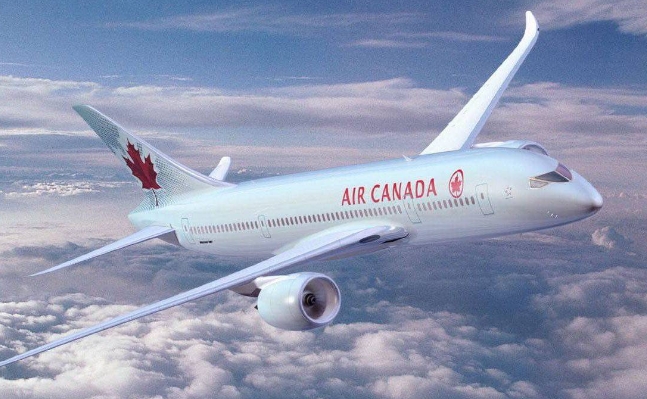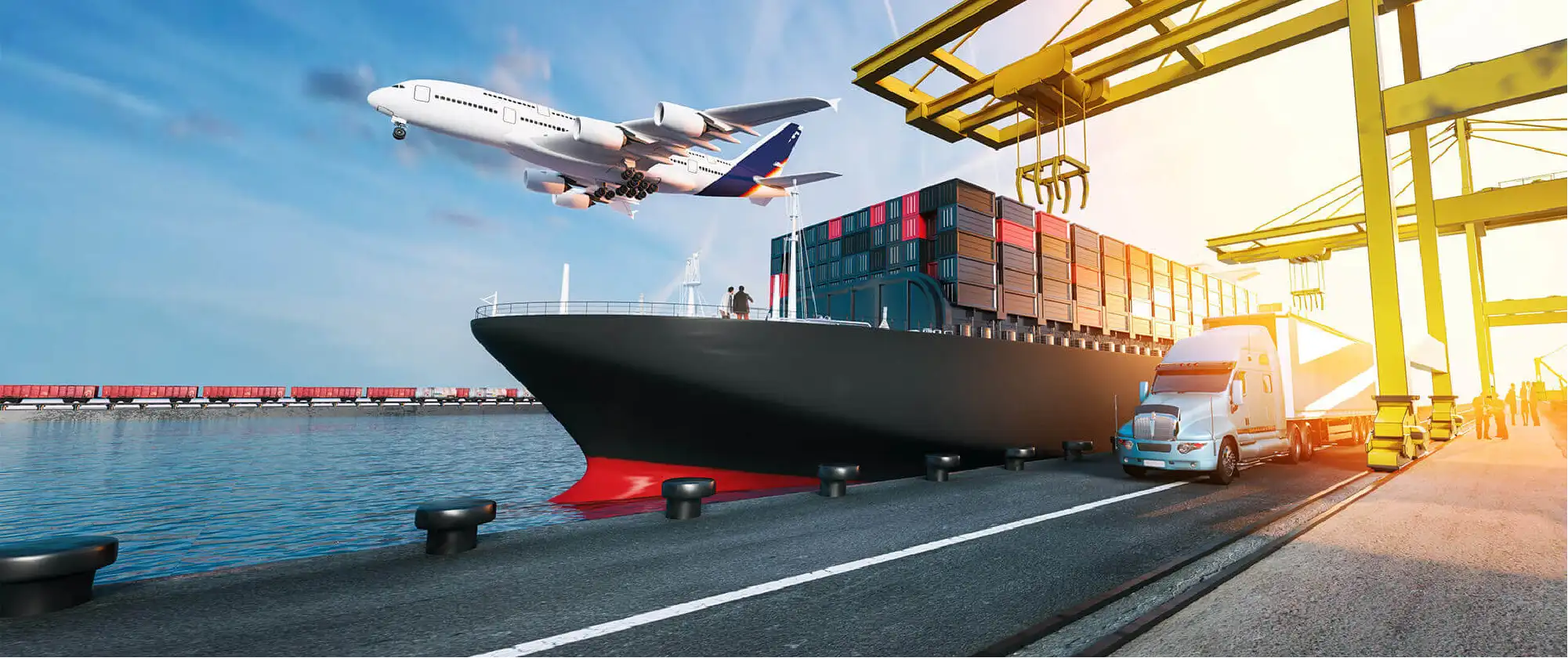Unveiling the Pioneers: The Inventors Behind Air Transport

Air transport has revolutionized the way we travel and connect with the world. From the Wright brothers' historic flight to the modern-day aviation industry, the invention of air transport has been a remarkable achievement in human history. In this blog post, we will delve into the origins of air transport and explore the pioneers who played a crucial role in its development.
- The Montgolfier Brothers and the Hot Air Balloon:
The journey of air transport began with the Montgolfier brothers, Joseph-Michel and Jacques-Étienne, who invented the hot air balloon in the late 18th century. Their groundbreaking invention demonstrated the possibility of human flight and laid the foundation for future advancements in air transport technology. - Sir George Cayley and the Principles of Flight:
Moving forward in time, we encounter Sir George Cayley, often referred to as the "Father of Aeronautics." Cayley's extensive research and experiments led to the understanding of the fundamental principles of flight. He introduced the concept of lift, drag, and thrust, which formed the basis for the development of aircraft design. - The Wright Brothers and the First Powered Flight:
Wilbur and Orville Wright, two American brothers, are credited with achieving the first powered flight in 1903. Their aircraft, the Wright Flyer, successfully took off and flew for a distance of 120 feet. This groundbreaking achievement marked the birth of modern aviation and paved the way for the development of commercial air travel. - Igor Sikorsky and the Helicopter:
While fixed-wing aircraft dominated the aviation industry, Igor Sikorsky made significant contributions to rotary-wing aircraft. In 1939, he successfully designed and flew the first practical helicopter, opening up new possibilities for vertical takeoff and landing capabilities. Sikorsky's innovation revolutionized air transport, particularly in areas such as search and rescue, military operations, and aerial transportation. - Jet Engines and the Jet Age:
The invention of the jet engine propelled air transport into a new era of speed and efficiency. Sir Frank Whittle, a British inventor, and Hans von Ohain, a German engineer, independently developed jet engines during World War II. Their contributions led to the introduction of commercial jet aircraft, such as the Boeing 707 and the Concorde, which revolutionized long-distance travel.
Conclusion:
Air transport has come a long way since its inception, thanks to the pioneering efforts of inventors and innovators. From the Montgolfier brothers' hot air balloon to the Wright brothers' powered flight and the advancements in jet engine technology, each milestone has contributed to the growth and evolution of air transport. Today, air travel has become an integral part of our lives, connecting people and cultures across the globe, all made possible by the visionary inventors who dared to dream of conquering the skies.


